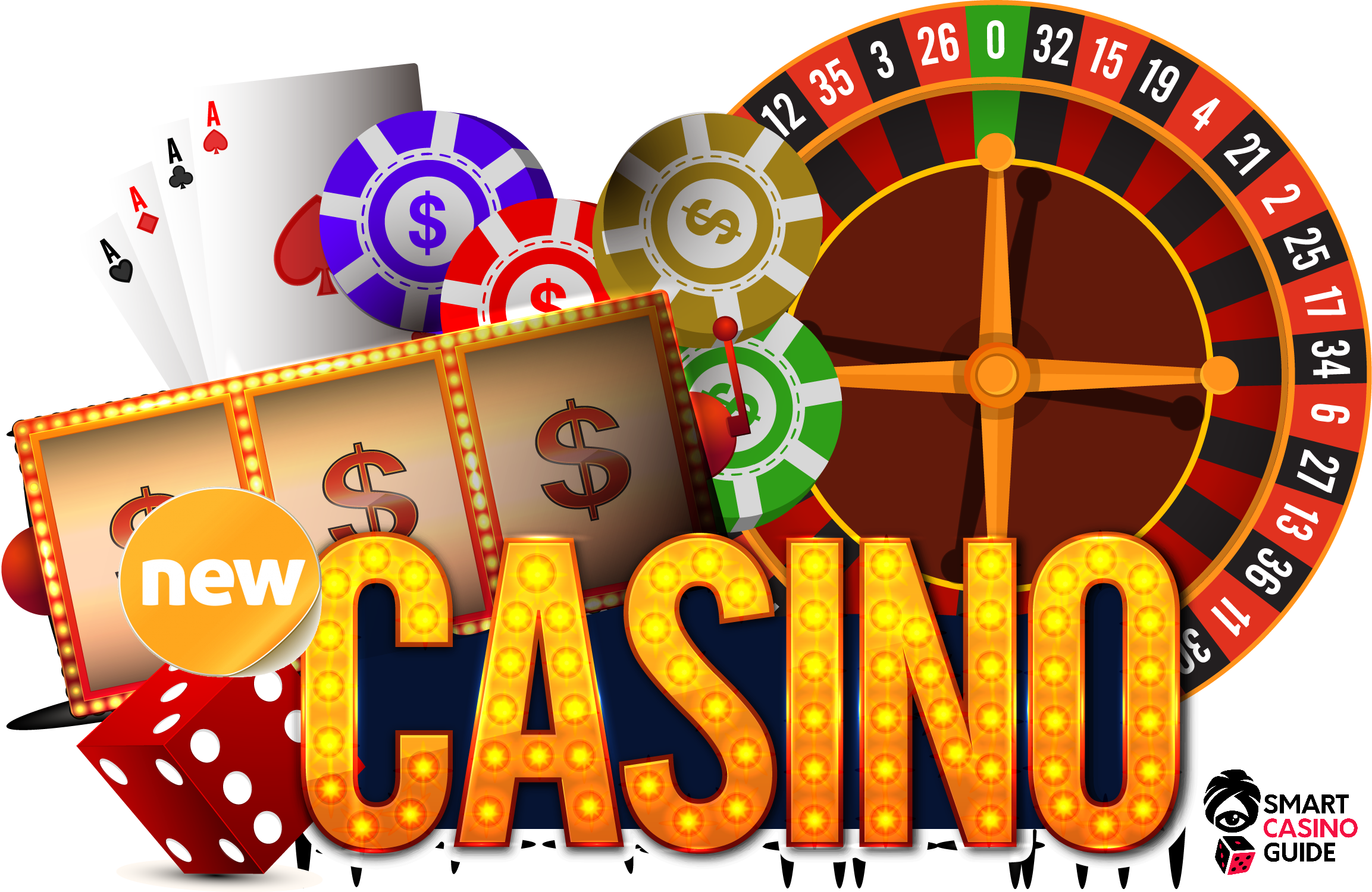Regarding casino slots games, players frequently get drawn in by the flashing lights, engaging themes, and the adrenaline of turning the reels. But behind the glamour and excitement lies an essential concept that all players must grasp: Return to Player percentage, or RTP. This key metric plays a significant role in deciding the amount of money you can expect to receive back over time, affecting your gameplay and strategy as you play.
RTP is usually expressed as a percent and indicates the average amount of money returned to players compared to the overall stakes. For instance, if a slot game has an RTP of 95%, it means that, on average, players get back $95 for each $100 wagered. Understanding this concept can enable players to make better choices when selecting slots to enjoy, ultimately boosting their enjoyment at the casino.
What the definition of RTP?
RTP, also known as RTP, represents an important concept in the field of casino slots games. It indicates the percentage of total bets that a slot machine is designed to return to players through its operation. For example, if a slot has an RTP of 95, this means that, theoretically, players can expect to receive back 95 dollars for every 100 dollars bet during extended play. Knowing RTP helps players assess the potential profitability of the various slots available. https://bet88.ninja/
RTP is not a promise of individual wins but rather a average calculated throughout many spins. Individual players’ experience might be different significantly as a result of the chance intrinsic in the games. A greater RTP implies superior odds for the player, which makes it a critical aspect to consider while picking the slots to play. Nonetheless, even with high RTP, there can be phases where players experience losses, because randomness plays a significant role.
It is important to note that various slots have varying RTP percentages. Some games could display a smaller RTP due to a considerable fun or special features, while others maintain a higher percentage to attract more cautious players. Comprehending RTP enables players to take informed decisions about their gambling strategies and control their bankrolls wisely while experiencing the adrenaline of slot machines.
The Way RTP is Being Calculated
The RTP, or Return to Player, is a vital indicator in the world pertaining to gambling slots titles. It denotes the proportion from total wagered money that a gaming device can be expected to return to players in the long run. Comprehending how RTP can be derived requires understanding of both the game’s architecture and its payout system. This RTP is calculated through complex calculations as well as statistical analyses executed in the course of the game creation phase. Game developers consider various factors, which include the rate of winning outcomes and the magnitude of returns on each combination. Bet888
To compute RTP, developers simulate a large quantity in terms of spins on the game. Such simulations help determine the average amount that typically, a gambler can expect to win according to their bets. For instance, when a machine has an average return of 95%, it suggests that, theoretically, for every one hundred dollars wagered, gamblers can expect to receive ninety-five bucks back over time. That value does not indicate the amount a gambler might receive in a one play or during a few plays; rather, it shows overall payout expectations.
RTP values tend to be generally disclosed by the casino or slot creator. Gamblers should always look for this data when choosing a slot game, as it has the potential to influence their gaming experience. A higher return value usually indicates a better chance to recoup a portion of bets, even though specific sessions can vary considerably. Grasping this concept can help players make informed decisions while enhance their overall enjoyment within the world of casino slots.

Value of Return to Player in Casino Games
Grasping the Return to Player or Return to Player is crucial for any gamer involved in slot machines. RTP represents the percentage of total bets that a slot machine is set to return to gamers over the long run. A greater RTP means that players can look forward to receiving a bigger share of their bets back, making it an important factor for those seeking to enhance their gaming experience. Understanding this number helps players make smart choices about which slots to play, as it can significantly influence their potential winnings.
Furthermore, Return to Player has a key role in the overall fairness and clarity of slot games. Gamers are often drawn to games with greater return rates because they provide a better chance of winning over the long term. Casinos and game developers use Return to Player as a marketing tool to lure players, guaranteeing they maintain a lead in the thriving gambling industry. By being aware of Return to Player, players can select games that align with their comfort level and gaming goals.
In conclusion, the idea of RTP promotes responsible gaming practices. Recognizing that not all slots will provide immediate returns and that RTP is based on long-term play, players can manage their anticipations and playing habits effectively. This understanding enhances the enjoyment of casino slots while promoting a more sustainable gaming environment. Gamers who grasp the importance of Return to Player are more prone to have a more satisfying time and reduce the chances of problematic gambling behavior.